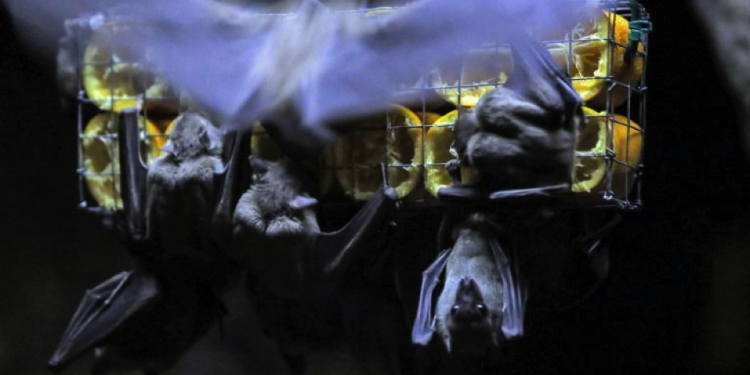Deadly Marburg virus detected in West African: WHO

Margus outbreaks are often associated with exposure to colonies of Rousettus bats.
PHOTO
The World Health Organization (WHO) said Guinea in West Africa confirmed a case of Marburg disease, a lethal virus that’s related to Ebola and, like Covid-19, passed from animal hosts to humans.
The virus, which is carried by bats and has a fatality rate of up to 88 percent, was found in samples taken from a patient who died on August 2 in southern Gueckedou prefecture, the WHO said.
“The potential for the Marburg virus to spread far and wide means we need to stop it in its tracks,” said Dr Matshidiso Moeti, WHO Regional Director for Africa.
The discovery comes just two months after the WHO declared an end to Guinea’s second outbreak of Ebola, which started last year and claimed 12 lives.
“We are working with the health authorities to implement a swift response that builds on Guinea’s past experience and expertise in managing Ebola, which is transmitted in a similar way,” Moeti said.
Marburg virus is usually associated with exposure to caves or mines housing colonies of Rousettus bats. Once caught by a human, it is spread through contact with bodily fluids of infected people, or with contaminated surfaces and materials, according to the WHO.
“We applaud the alertness and the quick investigative action by Guinea’s health workers,” Moeti said.
The patient had been treated in a clinic in Gueckedou, where a medical team was quickly sent because of his worsening symptoms.
Ten WHO experts, including epidemiologists and socio-anthropologists, are already in the field to support national health authorities.
The emergency response includes risk assessment, disease surveillance, community mobilisation and screening, clinical care, infection control and logistical support, WHO said.
Cross-border surveillance has also been stepped up so that possible cases can be quickly detected, it said.
Previous outbreaks and sporadic cases have been reported in South Africa, Angola, Kenya, Uganda, and the Democratic Republic of the Congo.
But this is the first time the virus has been detected in West Africa.
The disease begins suddenly, with a high fever, severe headache and discomfort.
Fatality rates have ranged from 24 percent to 88 percent in previous outbreaks, depending on the virus strain and case management, the WHO says.
Although there are no approved vaccines or antiviral treatments, oral or intravenous rehydration and treatment of specific symptoms improve survival rates, it says.






